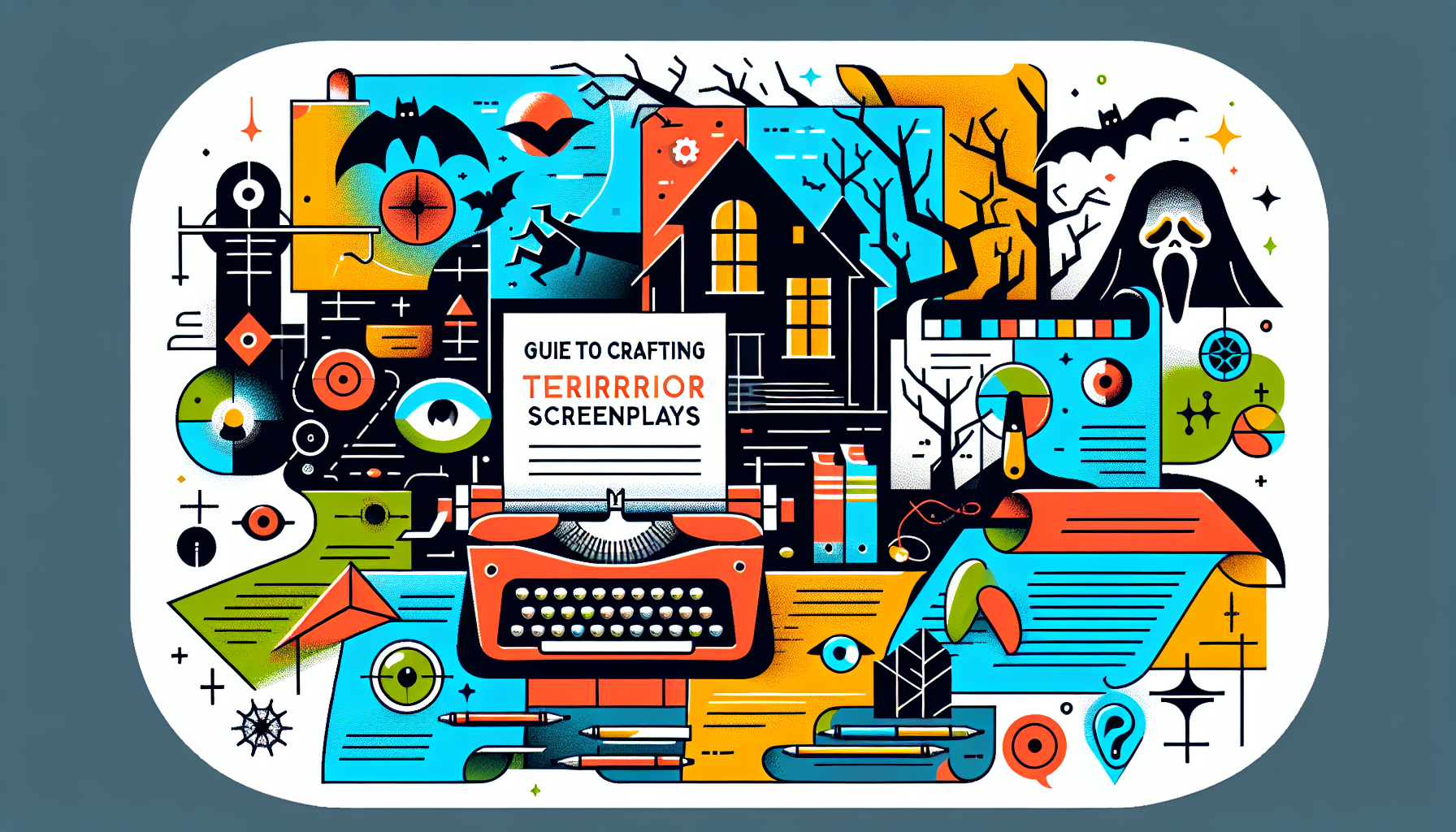
Crafting Terrifying Horror Screenplays: A Guide
Horror films have the unique power to captivate and terrify audiences, leaving them on the edge of their seats. The heart of these movies lies not in their special effects or actors but in their screenplays. A well-crafted horror screenplay can evoke deep-seated fears, making the viewer’s pulse race. This guide offers crucial insights into creating a horror screenplay that not only scares but also deeply engages your audience.
Understanding the Anatomy of Fear
Fear is a primal emotion, and understanding its psychological underpinnings is paramount for any horror screenwriter. Horror movies can tap into universal fears (such as death, the unknown, or loss of control) or more specific, phobia-based fears (like arachnophobia or claustrophobia). A profound understanding of what scares people—and why—lays the groundwork for crafting an impactful narrative. This involves reading psychological studies, observing your own fears, and paying attention to what unsettles people in your life and in the broader cultural context.
Creating Compelling Characters
For a horror story to be truly terrifying, the audience must care about the characters. This means developing well-rounded individuals with desires, flaws, and backgrounds that viewers can relate to or empathize with. When characters are merely cannon fodder for the antagonist, it’s difficult for the audience to invest emotionally in their fate. But when characters feel real, every danger they face feels amplified because the audience is rooting for their survival.
Building Tension and Atmosphere
Tension is the lifeblood of horror. It’s not merely about the shocking moments when a monster appears, but the anticipation of those moments. Building tension involves careful pacing and knowing when to provide relief (through humor or a temporary sense of safety) and when to tighten the screws. Atmosphere also plays a key role; the setting of your story should feel like a character in itself, whether it’s a haunted house, a desolate island, or a seemingly mundane suburban home. Using descriptive language and sensory details can heighten the sense of dread and immerse your audience in the world you’ve created.
The Element of Surprise
The unexpected is a powerful tool in horror. Audiences are often familiar with genre tropes, so finding ways to subvert expectations can keep them engaged and on their toes. This could involve playing with narrative structure, introducing unexpected character decisions, or offering a fresh take on classic horror elements. However, it’s important to ensure that these twists serve the story and characters rather than merely shocking for shock’s sake.
Exploring Themes and Societal Fears
The most memorable horror scripts tap into deeper themes and societal fears. Whether it’s tackling issues like environmental destruction, disease outbreaks, or the breakdown of societal norms, embedding your story with larger themes can add layers of meaning and resonance. These themes can provoke thought and discussion, elevating your screenplay from a simple scare-fest to a poignant commentary on human nature or societal issues.
Workshopping and Feedback
Finally, refining a horror screenplay often involves soliciting feedback and being open to critique. Workshop your screenplay with other writers, filmmakers, and horror fans to get a range of perspectives. Listen to their reactions to different scenes and pay attention to which elements resonate or falter. This feedback loop is invaluable for identifying weaknesses, clarifying your vision, and ultimately tightening the screws of terror in your screenplay.
Crafting a terrifying horror screenplay is a complex, nuanced process that involves understanding the mechanics of fear, developing compelling characters, and building a chilling atmosphere. By delving into the psyche of your audience, playing with their expectations, and infusing your narrative with deeper meanings, you can create a screenplay that not only terrifies but also haunts viewers long after the credits roll.






